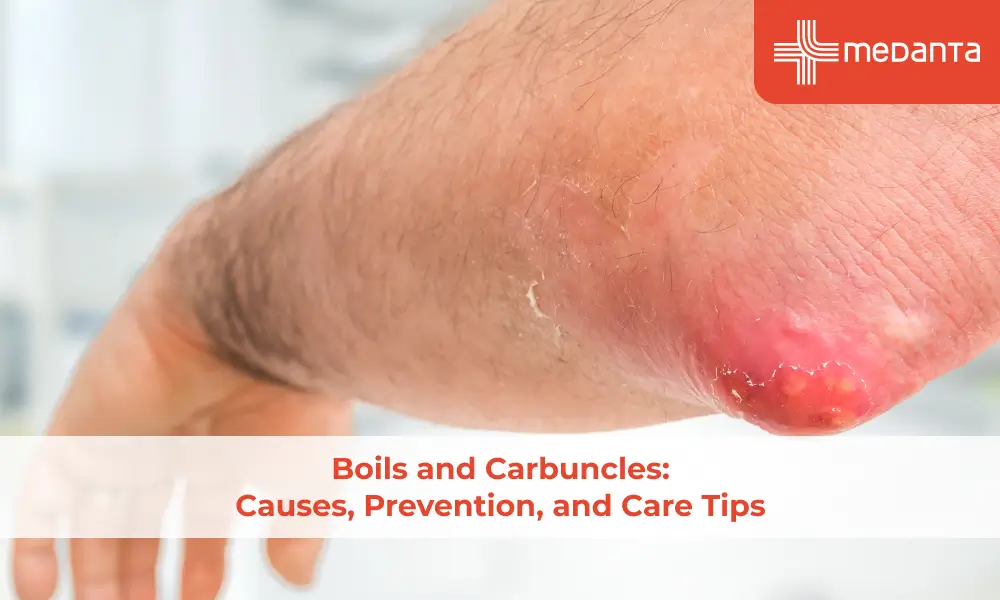Precautions to take after joint replacement

TABLE OF CONTENTS
After knee replacement surgery, patients generally need up to six months to regain full strength. The right precautions are vital for proper healing and recovery. In the first few weeks, most patients need daily help with movement and basic tasks because simple activities become difficult.
Taking the right precautions after knee replacement surgery can substantially improve recovery outcomes and ensure the new joint lasts longer. Patients should know what activities to avoid, like high-impact exercises and sitting in low chairs. With proper care, a well-maintained knee replacement can last 15 to 20 years.
Patients can slowly resume their normal routine following their doctor's guidelines. Physical therapy and walking 30 minutes two to three times daily play a key role in rehabilitation. Proper wound care helps prevent infections that could slow down the recovery process.
A safe and comfortable recovery after joint replacement surgery depends on good home preparation. Your doctors suggest setting up your house 1-2 weeks before surgery. This gives you enough time to practise with any new equipment. Good preparation also helps prevent falls and complications during recovery. These include:
Look at your living spaces as someone with limited mobility would. Create wider pathways between furniture pieces that work well with walking aids.
Your bedroom's location matters, too. If your bedroom is upstairs, a temporary living space on the main floor makes sense.
Remove all throw rugs, keep electrical cords out of the way, and clear your walkways to prevent tripping.
Keep items you use often within easy reach—between your waist and shoulders. This includes phones, remote controls, medications, and reading materials.
Stock your kitchen smartly. Cook and freeze several meals beforehand, and move your essential cookware where it is easy to reach.
Your bathroom needs special attention for joint replacement recovery:
Put grab bars near the toilet & shower (make sure they're secured into wall studs)
Use a raised toilet seat or commode that makes transfers easier
Set up a shower chair and non-slip mats in your bathtub or shower
A hand-held showerhead works great for seated bathing
Get these helpful devices before your surgery:
A walker or crutches
Long-handled reacher or grabbing tool
Extended shoehorn and sock aid
Long-handled sponge for bathing
Someone should stay with you during your first few days back home, especially if you live alone.
These steps after knee replacement may feel excessive at first, but they make your recovery safer and smoother.
The journey to recovery after joint replacement surgery depends on avoiding common mistakes that could lead to complications. Research reveals that many patients don't follow VTE prevention protocols, and some fail to adhere to antibiotic recommendations. These oversights can substantially increase your risk of complications.
Missing physical therapy sessions is one of the biggest setbacks. Your body needs regular rehabilitation to regain strength, flexibility, and proper joint function. The lack of prescribed exercises often results in prolonged stiffness and limited mobility, which could affect your long-term recovery.
There's another reason to stay vigilant - medication compliance matters. When patients skip VTE prevention guidelines, their risk of blood clots more than doubles. The risk of surgical site infections nearly doubles without proper antibiotic protocols. Take your medications exactly as prescribed.
Your healing joint needs the right balance of activity. Too much movement too soon can cause strain, while too little leads to stiffness and weak muscles. The key lies in finding the correct balance between rest and activity.
These warning signs need immediate medical attention:
Persistent fever above 100°F
Increasing redness, swelling, or drainage from the wound
Severe pain unrelieved by medication
Pain, tenderness, or swelling in your calf (possible blood clot)
Sudden beginning of chest pain or shortness of breath
Your wound care routine plays a vital role in preventing infections. Keep the incision wound clean and dry, and follow your surgeon's instructions for dressing changes. Modern dressings typically stay in place for 7-10 days and resist water, but always check specific bathing instructions with your healthcare team.
Movement restrictions protect you from dislocations and other complications. Your specific procedure might require avoiding crossed legs, bends beyond 90 degrees, or twisting movements for several weeks after surgery.
Your body needs dedicated care after joint replacement surgery. The speed and quality of your healing generally depend on physical rehabilitation, pain management, and proper nutrition.
Your doctors usually recommend 20-30 minutes of daily exercise. During your early recovery, you should also walk for 30 minutes two to three times each day.
Exercise is the lifeblood of knee replacement recovery. Your healing speeds up when you start moving right after surgery - even in the recovery room. These movements also help reduce post-operative pain. Start with these simple exercises:
Quadriceps sets: Tighten your thigh muscle while trying to straighten your knee. Hold for 5-10 seconds and repeat until your thigh feels fatigued.
Ankle pumps: Move your foot up and down rhythmically by contracting calf and shin muscles for 2-3 minutes, several times hourly.
Straight leg raises: With your knee fully straightened, lift your leg several inches, hold briefly, then lower slowly.
The right walking technique helps your recovery, too. Your surgeon will tell you how much weight to put on your leg while using a walker or crutches. You can switch to a single crutch or cane once you walk for more than 10 minutes without support - usually 2-3 weeks after surgery.
Your body's healing process needs extra protein to repair tissues and build strength. Foods rich in calcium, vitamin D, iron, and vitamin C help your bones heal better. Eat balanced meals with lean proteins, whole grains, and fresh fruits and vegetables.
Good pain and swelling management keeps your rehabilitation on track. To reduce swelling, use ice packs for 15-20 minutes several times daily. Your leg should stay elevated while sitting or lying down to prevent fluid buildup. Take your prescribed pain medications as needed, but remember that some discomfort during exercise is normal.
Your new joint's function returns through a combination of targeted exercise, good nutrition, and careful pain management. These elements work together to help you recover fully.
Joint replacement recovery needs patience and dedication, and the benefits of healing properly can last decades. Patients who follow post-surgery precautions have better outcomes and fewer complications. A safer home environment supports mobility in the early recovery weeks. Smart preparation before surgery prevents falls and reduces strain on the new joint.
Recovery prospects improve when you avoid common mistakes. Some patients don't realise how important regular physical therapy is or skip their medications. These mistakes can cause serious problems like blood clots or infections. Recovery works best with the right mix of rest and movement. Too much activity can harm the healing joint, while too little leads to stiffness and weak muscles.
Your body's recovery depends on exercise, nutrition, and pain management. Physical therapy builds strength and restores mobility. Good nutrition helps repair tissue. Pain management keeps rehab on track so patients can work through their recovery programme.
The work you put in during recovery will undoubtedly pay off with years of better movement and quality of life.
What are the key precautions to take after joint replacement surgery?
After joint replacement, it's crucial to follow your surgeon's guidelines, attend physical therapy sessions regularly, take prescribed medications as directed, and avoid excessive activity. Keep the incision area clean and dry to prevent complications, use assistive devices as recommended, and be mindful of movement restrictions.
How long does it typically take to recover from joint replacement surgery?
Full recovery from joint replacement surgery can take up to six months. Most patients can resume normal physical activities within three to six months, provided they follow their rehabilitation programme diligently. However, individual recovery times may vary based on factors such as overall health and adherence to post-operative instructions.
What exercises are recommended during the early stages of recovery?
In the initial recovery phase, simple exercises like quadriceps sets, ankle pumps, and straight leg raises are beneficial. These exercises help improve circulation, reduce stiffness, and build strength. Performing these exercises as directed by your doctor, typically for 20-30 minutes daily, along with short walks, is recommended.
What signs indicate I should seek immediate medical attention after joint replacement?
Seek immediate medical attention if you experience a persistent fever above 100°F, increasing redness, swelling, or drainage from the wound, severe pain unrelieved by medication, pain or swelling in your calf, or sudden chest pain or breathlessness. These symptoms could indicate serious complications like infection or blood clots.





